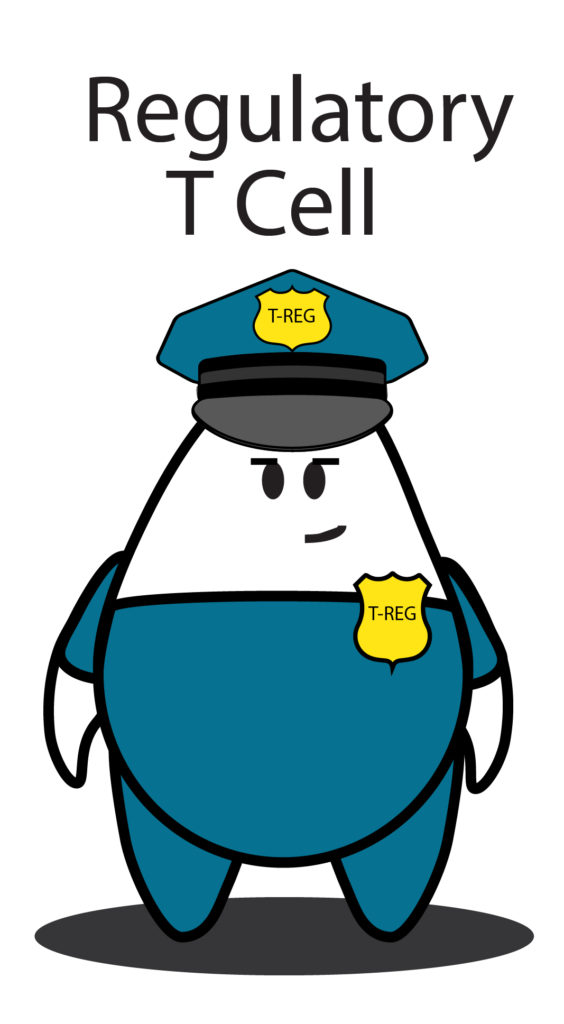T regulatory cells (Treg) have been reported to exert IL10-dependent beneficial effects during the aftermath of brain infarction, although their physiological role in this pathology has not been yet fully understood, mostly due to the fact that Treg cells are present only in low numbers around stroke area during the acute phase of the ischaemic episode (i.e. around one week later). According to this brief comunication, published on Nature last december, however, looking at a different time window might shed some light on the immunomodulatory role played by Tregs on ischaemic stroke.
According to Minako Ito and colleagues, indeed, during the chronic phase of the stroke – around fourteen days after the induction of an ischaemic brain injury obtained by means of middle cerebral artery occlusion on mice – CD3 cells fill the infarctual area and its glial scar, 30-40% of which are represented by CD4+ Treg cells. The role of Tregs seems to be that of keep post-ischaemic brain damage at bay, as suggested by the evidence that mice undergoing Treg deletion in the brain (either by their general systemic depletion or by their pharmacological sequestration in the lymph nodes) display significantly delayed neurological recovery.

